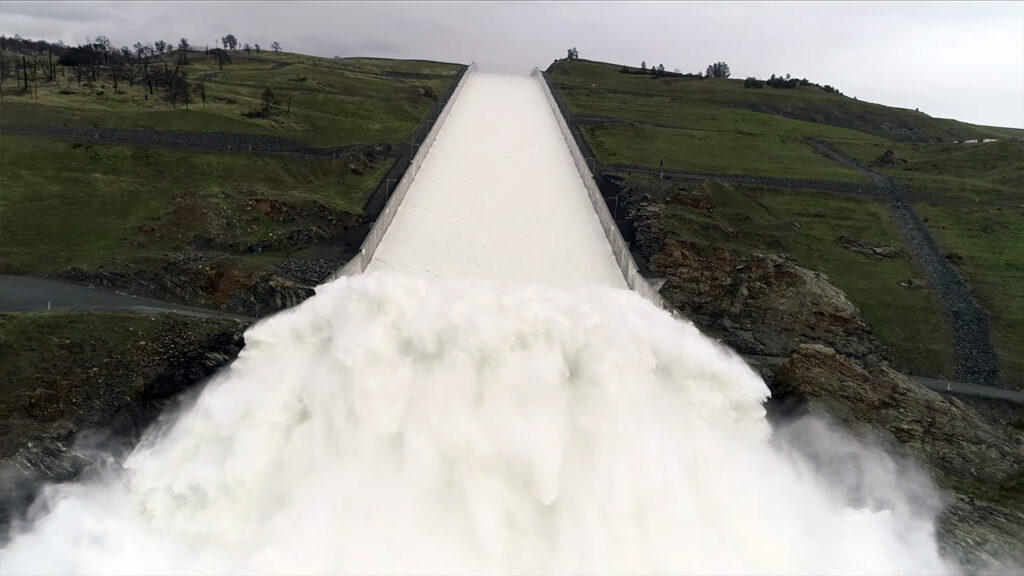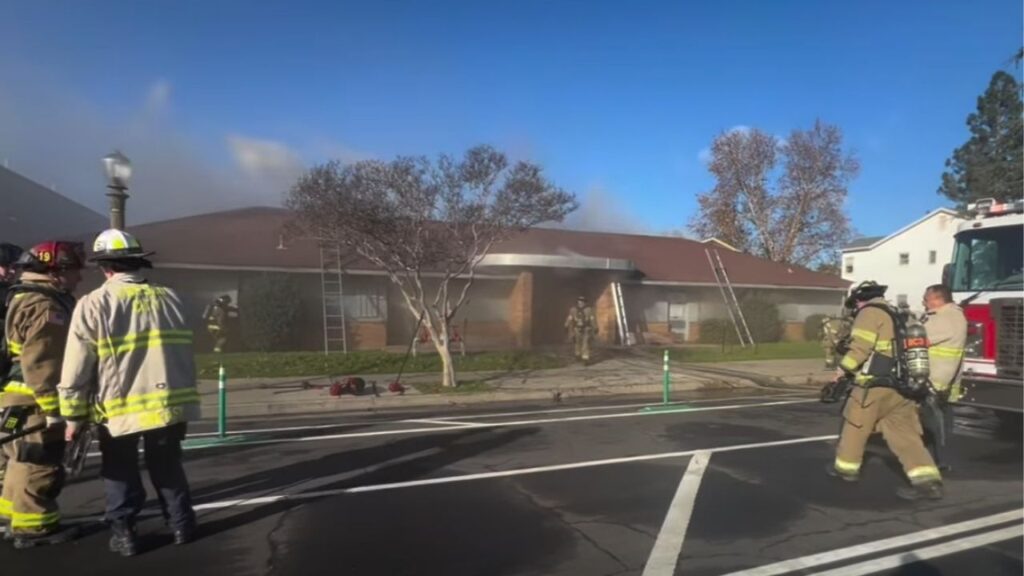Scientists reveal climate change's role in intensifying Hurricane Milton's destructive power, following recent Hurricane Helene. (AP File)

- World Weather Attribution researchers estimate climate change boosted Milton's rainfall by 20-30% and winds by 10%.
- Milton's landfall as a Category 3 hurricane caused widespread damage, flooding, and power outages across Florida.
- Experts debate the study's approach, with some suggesting it may underestimate climate change's impact on the storm.
Share
|
Getting your Trinity Audio player ready...
|
TAMPA – Human-caused climate change intensified deadly Hurricane Milton’s rainfall by 20 to 30% and strengthened its winds by about 10%, scientists said in a new flash study. The analysis comes just two weeks after Hurricane Helene devastated the southeastern United States, a storm also fueled by climate change.
World Weather Attribution researchers said Friday that without climate change, a hurricane like Milton would make landfall as a weaker Category 2, not considered a “major” storm, instead of a Category 3.
WWA’s rapid studies aren’t peer-reviewed but use peer-reviewed methods. The WWA compares a weather event with what might have been expected in a world that hasn’t warmed about 1.3 degree Celsius since pre-industrial times.
Related Story: Damage To Tropicana Field After Hurricane Milton
Climate Change’s Impact on Hurricane Milton
The team of scientists test the influence of climate change on storms by analyzing weather data and climate models, but in the case of Milton — which followed so shortly after Helene — the researchers used only weather observations data. WWA said despite using different approaches, the results are compatible with studies of other hurricanes in the area that show a similar hurricane intensity increase of between 10 and 50% due to climate change, and about a doubling in likelihood.
“We are therefore confident that such changes in heavy rainfall are attributable to human-caused climate change,” said WWA, an international scientist collaborative that launched in 2015 and conducts rapid climate attribution studies.
At least eight people died in Milton, which spread damage far and wide even though it didn’t directly strike Tampa as feared. Roadways flooded and dozens of tornadoes tore through coastal areas. At one point power was out to some 3.4 million customers, and more than 2.4 million remained without power Friday morning.
Related Story: Tropicana Field Shredded by Hurricane Milton Is the Latest Sports Venue Damaged ...
Milton’s Landfall and Aftermath
Milton made landfall Wednesday evening as a Category 3 hurricane on the west coast of Florida near Siesta Key, about 70 miles (112 kilometers) south of the Tampa Bay area, driven by warmer waters near record levels.
Climate scientist Michael Mann said he agrees with the thrust of the analysis that climate change substantially worsened the hurricane. But if anything, Mann said, the study might “vastly understate the impact that it actually had” with what he called “the fairly simple approach” of its estimates.
He cited other attribution studies after Helene that calculated significantly larger rainfall due to warming.
“It’s the difference between a modest effect and a major effect,” Mann, of the University of Pennsylvania, told The Associated Press. “I would argue that the catastrophic flooding we saw over large parts of the southeastern U.S. with Helene was indeed a major effect of human-caused warming.”
Related Story: Why Milton and Helene ‘Exploded’ in Strength
Expert Opinions on the Study
Jeff Masters, a meteorologist who co-founded the commercial weather service Weather Underground, said the study looked solid to him.
“I support their conclusion that without climate change, Hurricane Milton would have hit as a Cat 2, not a Cat 3,” he said.
Another analysis, done by research organization Climate Central, said earlier this week that climate change made possible the warmed water temperatures that amplified Milton. Andrew Pershing, the group’s vice president for science, said those waters were made up to 200 times more likely with climate change. The group said waters were more than 1.8 degrees F (1 degrees C) warmer than the 1991 to 2020 average.
Read more of AP’s climate coverage at http://www.apnews.com/climate-and-environment
RELATED TOPICS:
Categories

Kern County Authorities Arrest Man for Shooting Neighbor’s Dog

Fallout Continues Over Vang’s Bungled Call for Transparency

Stephen Miller Offers a Strongman’s View of the World
















